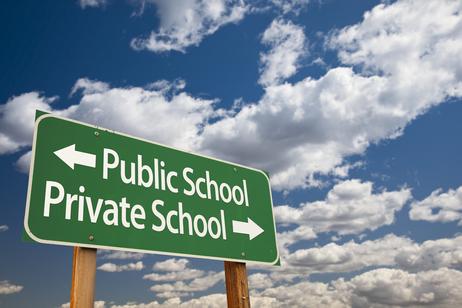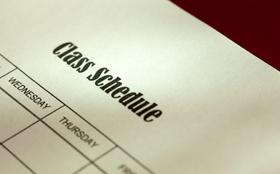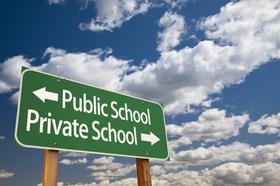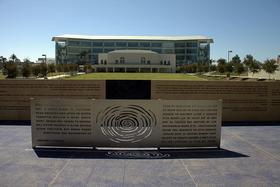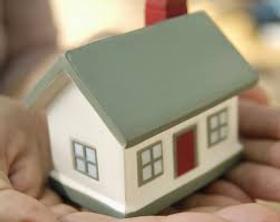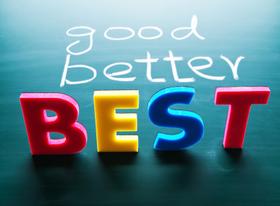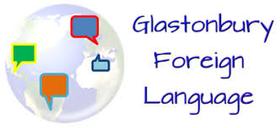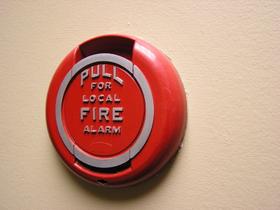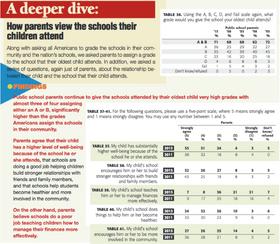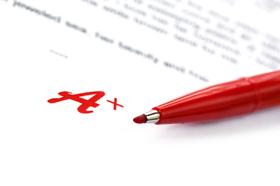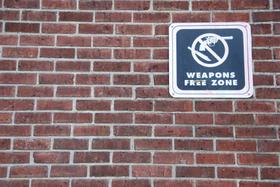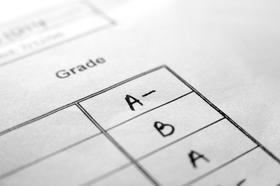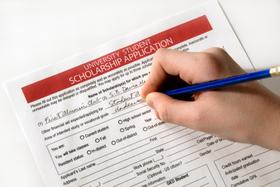The age-old question of where to send your child to school, if you’re fortunate enough to have a choice, is one that has been debated for ages. Do you go the private school route to give your child smaller class sizes, more rigorous learning experiences, and a better shot at an upper-tier college? Or do you opt for the public school option, where your child will experience more diversity among their classmates and have more opportunities for exploring academic and extracurricular activities? No doubt, private schools, and public schools have their advantages and disadvantages, which help create a vastly different school experience for your child.
The School Experience
Obviously, there are sharp contrasts in the type of experience your child will have at a public or private school. In private school, your child will likely be in classes with fewer students, with a teacher that is more likely to report enjoying his or her job, and at a school that is more likely to have modern resources, including supplies and textbooks that are relatively new, if not brand new. The curriculum is driven at the school level, with teachers having more say regarding what is taught and how they teach it. Private school students also engage in more physical activities and eat healthier school meals than do public school students.
Conversely, public school students are more likely to attend a school that is socially, racially, and economically diverse. Public school students take part in a curriculum that is uniform from one school to the next, meaning they will receive a comparable education regardless of which school they attend in your local district. Because public schools tend to be larger, they offer a greater depth and breadth of academic programs than private schools. Extracurricular activities are also greater in scope, including athletic opportunities, academic clubs, and student-led organizations.
This video looks at the differences between public and private schools.
Advantages of Private School
The primary benefit of sending your child to private school is the increased rigor of academic programs. By and large, private schools have much more demanding graduation requirements than do public schools. And because of their selective nature, private schools tend to have students that are more prepared for academic studies and who are more engaged in those studies as well.
Behavioral issues are less of a problem in private school classrooms, as are any concerns about school safety.
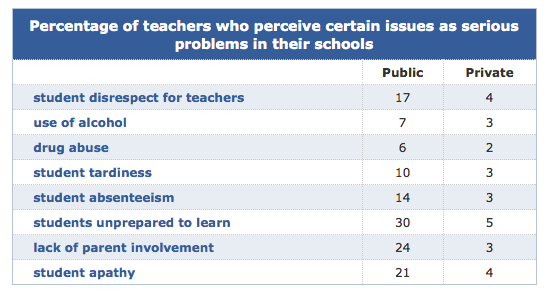
Source: Table 73, Digest of Education Statistics: 2005
As a result, classroom learning can be much more robust and in-depth than in a public school classroom. This increased rigor, combined with the high expectations that private school teachers have of their students, results in above-average success. According to the National Center for Education Statistics, private school students outperform public school students on:
- Fourth and eighth-grade measures of reading,
- Fourth and eighth grade measures of math,
- Eighth-grade writing,
- Eighth-grade U.S. history, civics, and geography,
- Eighth-grade science, and
- Reading, writing, and math measures on the SAT.
It is important to note that these improvements in academic performance are seen across grade levels, ethnicities, and socioeconomic statuses. According to research published in the Interdisciplinary Journal of Research on Religion, minority students and those who come from poverty-stricken households close the achievement gap when they attend a religious private school. This is due to a number of factors, not the least of which are the smaller class sizes that private school students enjoy, which average fewer than 11 students per teacher.
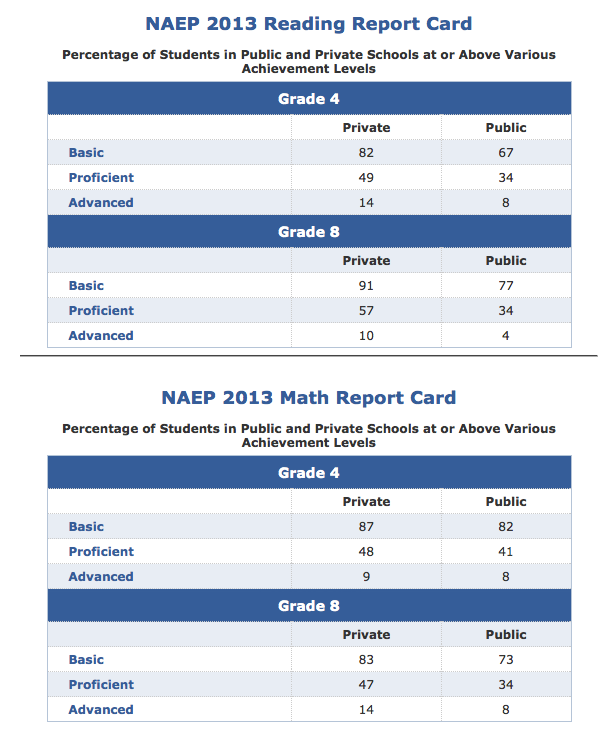
This improved academic performance in elementary and middle school leads to greater achievement in high school as well, where private school students are more likely to take AP courses and other higher-level classes than their public school counterparts. Additionally, private school students are more likely to score a “3” or above on the AP exam than public school students, giving them a leg up on being prepared for success in college.
According to the Council for American Private Education, private school students are also more likely to attend college and are more likely to attain a college degree than students who graduate from a public school. Data from the National Center for Education Statistics shows that children who were 10th graders in private schools in 2002 were more than twice as likely to have graduated from college by 2012 than were 10th graders in public school. This success then translates into better employment and better lifetime income for students who attended private school.
Another important advantage of private schools is the flexibility they have in terms of academic programming. Since private schools are not subject to oversight by state departments of education, the faculty, staff, and administration have much more leeway in terms of the academic programs they develop and offer to students. As a result, educational programs in private schools tend to be more innovative and cutting-edge. And since students are paying clientele, private schools are much more responsive to the needs and desires of their students when it comes to the programming offered at the school. The competition between private schools for students serves to further the innovative and responsive nature of private school programming.
Disadvantages of Private Schools
Private schooling comes at a steep cost, which prices many families out of a private education for their children. The average tuition for a private elementary school is $6,733, while the average cost for a private high school is $10,549. College preparatory schools can be even more expensive, with some schools charging over $40,000 per year in tuition and fees. While many private schools offer scholarships or tuition assistance programs, they may not be enough to cover all of the associated expenses. Financial assistance programs are also highly competitive, meaning some deserving students may be left without access to financial assistance.
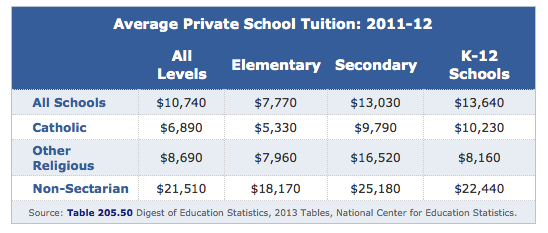
Because of the expense associated with private schooling, many private schools lack diversity on many levels. Student populations tend to be segregated and wholly unrepresentative of the larger population, lacking representation of some ethnic and racial groups, and particularly lacking in socioeconomic diversity. Furthermore, many private schools have a narrow focus, most often a particular religious affiliation. For many parents, the draw of a more rigorous curriculum is overshadowed by concern regarding the lack of public discourse with regard to the attitudes, values, and beliefs bestowed upon students in some private schools.
Critics of private schools also worry about institutional bias. Some private schools have been in operation for generations, and at times can be unwelcoming of new ideas or methods, even when other private schools have embraced modernization. Consequently, some private schools may lack the breadth and depth of course offerings that public schools are able to offer. Some private school teachers may be averse to new curricula and teaching methods as well, even if those they currently use are out-of-date and do not reflect the current best practices.
Advantages of Public Schools
Clearly, the major advantage public schools have over private schools is cost. There’s free transportation, free textbooks, free and reduced meals, and free before and after-school programs. Public schooling costs nothing, making it the only viable option for many families who cannot otherwise afford to pay for their child’s secondary education. By sending your child to a public school, you have time to save up for their college education, which as all parents know can be incredibly expensive.
But just because it’s free doesn’t mean a public school is the bargain bin of education. Public education is a closely monitored and constantly improving endeavor. Local, state and federal guidelines direct the development of every aspect of public school programs, from the kind of lunch served in the cafeteria to the topics kids learn in social studies to the level of proficiency students must attain on state measures of reading and math. The abundance of academic-related data collected on public schoolchildren means that districts are able to constantly examine the level of success of their programs and implement strategies to improve them should they not garner the desired results.
Public schools are also far more diverse than private schools. Since they are more reflective of the social makeup of society at large, public schools provide students greater opportunities to engage with students of different races, ethnicities, religious affiliations, and socioeconomic statuses, thus better preparing students for success in our increasingly diverse world. More students with disabilities and giftedness add to the diverse nature of public schools, furthering students’ opportunities to learn, work, and play with students who are not like themselves.
With the recent development of charter and magnet schools, there is far more public school choice for parents who elect to send their child to a public school. Since charter and magnet schools can have a specific academic focus (such as visual arts or science), parents can reap the benefits of a more rigorous and focused education for their child without having to pay the expensive tuition of a private school education. Additionally, public schools are required to employ teachers that are certified by the state in which they teach, giving parents relative peace of mind that their child’s teacher has the skills to provide their child with a quality education, no matter what the focus of that education is.
In this video from CNN, Matt Damon explains why he supports public schools but sends his children to private school.
Disadvantages of Public Schools
Some public schools face major disadvantages when it comes to funding. Particularly in urban areas like Newark, New Jersey, public schools are in some cases forced to utilize outdated equipment and learning materials. Facilities in urban areas can also often be subpar, including the use of older buildings with inadequate learning space for the needs of the modern student.
Additionally, in rural areas where there are few schools, or in urban and suburban areas where public school children are assigned to a neighborhood school, there may be little choice with regard to where your child gets their education. This problem is compounded when public school teachers are not performing well on the job. Tenure laws make it extremely difficult to remove an ineffective teacher, although more and more states are beginning to tie student academic performance to teacher evaluations, and in some cases to teacher salaries.
In a public school setting, it is more likely that students who demonstrate giftedness will be lost in the shuffle. With larger class sizes and more diverse students to contend with, public school teachers may not have as much time as they’d like to attend to the needs of upper-level learners. While differentiated instruction strategies and gifted education programs seek to alleviate this problem, in practice many gifted students still do not have the academic opportunities they would have in a private school setting.
Public schools in many areas are also facing increasingly large class sizes. Although the average public school class in the United States has just 16 students, some schools in California average twice that many students. School systems in Florida and Texas, which have seen exponential growth of students in recent years, are also facing cramped classrooms and a shortage of space. With many new students in these states coming into public school systems with little or no ability to speak or understand English, the problem becomes even more difficult to overcome.
Making a Decision
It is important to remember that the decision you make with regard to your child’s schooling be based on the local landscape of education in your area. While private schools in general produce better academic results, there are plenty of underwhelming private school programs out there. Conversely, where there are many public schools that are overcrowded and underfunded, there are also many excellent public school options that rival those of the finest private schools.
Ultimately it will require some research on your part to make the best decision for your child’s education. Both public school and private school options have their benefits and detriments, but those must be viewed with a grain of salt. Both public and private schools offer excellent opportunities for your child to learn and grow. It’s just a matter of discerning which kind of school best fits your child’s needs and your desires for your child’s education.
Questions? Contact us on Facebook. @publicschoolreview

